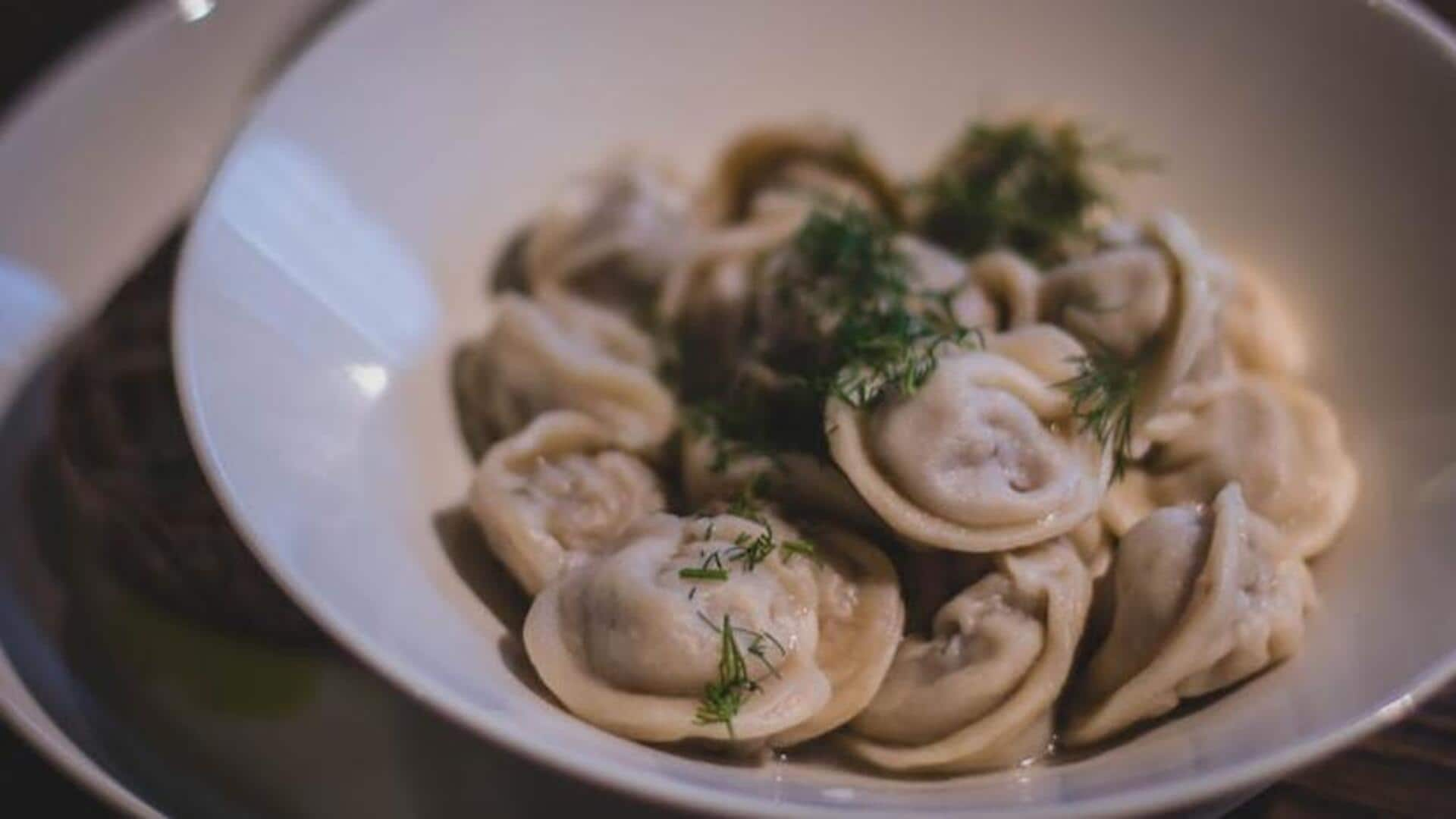
Tracing the history of dumplings across Asian cultures
What's the story
Dumplings are one of those beloved dishes that you can find in some form or the other all over Asia, each with its own cultural significance and style of preparation. From the busy streets of China to the quiet landscapes of Japan, dumplings have journeyed far and wide, adjusting to regional taste and tradition. Let's take a look at the diverse journey of dumplings across Asian countries.
Chinese influence
Chinese dumpling traditions
In China, dumplings are a staple food and often associated with family gatherings and celebrations. They come in different forms- like jiaozi or wontons- usually stuffed with vegetables or tofu. The art of making dumplings is a tradition passed through generations, representing unity and prosperity. During the Lunar New Year, families assemble to make these delicacies together as a way of welcoming good fortune.
Japanese adaptation
Japanese dumpling variations
Japan has its own version of dumplings called gyoza. These are typically pan-fried to give them a crispy texture on one side and remain soft on the other. Gyoza fillings include cabbage or mushrooms flavored with soy sauce or miso paste. They are often served as an appetizer or side dish in most Japanese households.
Korean style
Korean mandu delicacies
Korean mandu is another beloved variant that highlights regional flavors with the likes of kimchi or mung beans wrapped in thin dough skins before steaming or frying them to golden brown perfection. Mandu is culturally significant during festivals like Chuseok when families unite to prepare them from scratch with traditional recipes passed down over generations.
Indian twist
Indian modak sweet treats
In India's western parts, particularly in Maharashtra state, during festivals, you'll come across modaks. They look like small, sweet-laden parcels from rice flour dough, stuffed with a mixture of coconut and jaggery and steamed to a soft, chewy texture. These yummy treats are significant too, as they are offered to bring blessings and happiness to those who consume them during festivals throughout the year too.